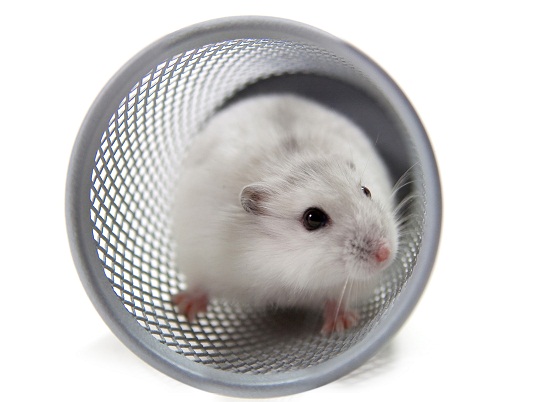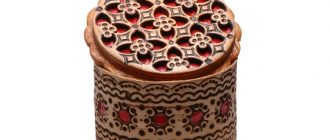The white Russian dwarf hamster is quite well-known for being a good pet for adults. Read our guide below for more facts and information on Russian white dwarf hamsters…
The Djungarian hamster is also known as the white Russian dwarf hamster or winter white hamster. This is a species of hamster belonging to the Phodopus genus. These are half of the size of Syrian hamsters. Because of this, they are known as dwarf hamsters. They have peculiar thick and dark grey stripes and feet that are furry. The Tail is extremely short and is hardly visible when the hamster sits. During winter, its dark fur molts and is replaced by a completely white coat. This has given it the name winter white hamster. This helps them to escape from predators in snow-covered steppes. Molting does not take place in captivity as hamsters get confused with artificial light. They are generally found in Siberia, Mongolia, Kazakhstan and Manchuria.
Pet Ownership
The White Russian dwarf hamster is found in pet markets in Europe, Japan and North America. But these are hardly found in Canada, though most of these are hybrids between Camp bells. They are normally susceptible to various genetic diseases and corrupt pure lines which breeders are trying to preserve especially in UK.
They are good pets both for adults and teens, but not for children except under supervision of adults. These are comparatively friendlier and are unlikely to bite. There are possibilities of hamsters falling from your hands because of poor eyesight. They can be quite aggressive too. You should avoid feeding them food having monosaccharide as it increases the risk of diabetes.
Breeding
The White Russian dwarf hamster has a better family structure compared to the Syrian hamster. This could be the result of confusion between Djungarian hamsters and Campbell hamsters. Results of research reveal bi-parental care in the case of Campbell’s hamsters. This is not the case in Djungarian hamsters. As per reports, large groups and same sex pairs do not get on well. They indulge in fighting frequently, which may even lead to death. Most Djungarian dwarf hamsters grow to four inches. They normally breed during April to September.
Phases
White Russian dwarf hamsters have many phases – normal and sapphire. Those with a white pattern, known as pearl, have white colored hair existing in both phases, producing pearl or sapphire forms. These colors are difficult to locate. Short length triggers regression of gonads in males and females making winter whites infertile.
Djungarian hybrids
Out of five species kept as pets, Djungarian and Campbells can interbreed and produce hybrid live offspring. Hybrids are good pets, but their breeding should be avoided because it may cause birthing problems. Breeding and distribution may threaten survival of pure species while in captivity.





